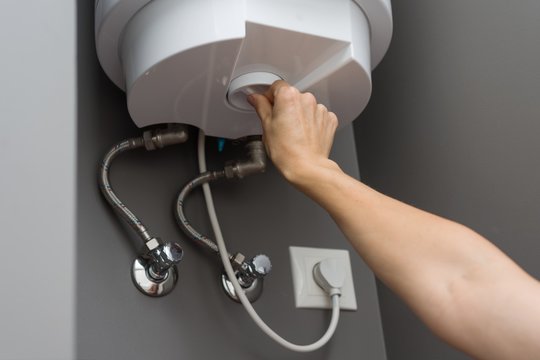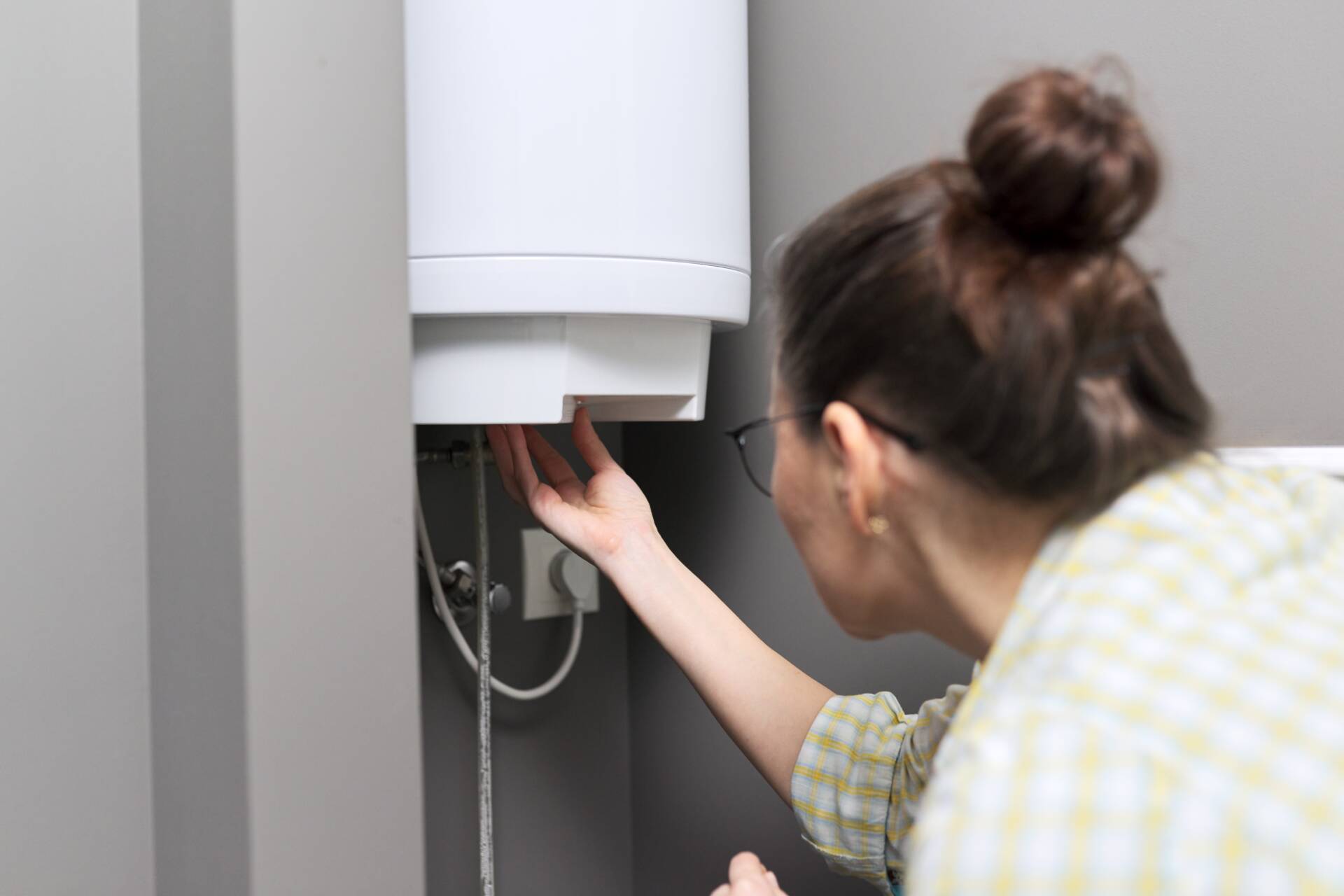Ways to Successfully Care for Your Home's Hot Water SystemEnsuring Longevity of Your Home's Hot Water System: Care Advice
Ways to Successfully Care for Your Home's Hot Water SystemEnsuring Longevity of Your Home's Hot Water System: Care Advice
Blog Article
We have stumbled upon the article involving How to Maintain Your Water Heater & Prolong its Life listed below on the internet and reckoned it made good sense to quickly share it with you on this site.

Warm water is essential for daily comfort, whether it's for a revitalizing shower or washing dishes. To ensure your hot water system runs successfully and lasts much longer, normal maintenance is vital. This post gives useful ideas and insights on exactly how to keep your home's warm water system to stay clear of disruptions and costly repair work.
Introduction
Preserving your home's warm water system may appear difficult, however with a couple of straightforward actions, you can guarantee it runs efficiently for several years ahead. This overview covers every little thing from comprehending your warm water system to do it yourself upkeep ideas and recognizing when to contact professional help.
Value of Preserving Your Warm Water System
Routine maintenance not only extends the lifespan of your hot water system but also ensures it runs successfully. Disregarding upkeep can cause reduced effectiveness, greater power costs, and also early failing of the system.
Indications Your Hot Water System Needs Maintenance
Recognizing when your warm water system requires interest can avoid major issues. Keep an eye out for indicators such as irregular water temperature, odd noises from the heater, or rusty water.
Recognizing Your Warm Water System
Before diving into upkeep jobs, it's valuable to understand the standard elements of your hot water system. Generally, this consists of the water heater itself, pipelines, anode poles, and temperature controls.
Monthly Upkeep Tasks
Routine monthly checks can assist capture minor issues before they escalate.
Flushing the Hot Water Heater
Purging your hot water heater removes sediment build-up, improving efficiency and extending its life.
Monitoring and Replacing Anode Rods
Anode rods protect against rust inside the tank. Checking and changing them when worn out is vital.
Inspecting and Changing Temperature Level Settings
Adjusting the temperature level setups guarantees optimum performance and security.
Do It Yourself Tips for Maintenance
You can do several maintenance jobs yourself to keep your warm water system in leading condition.
Looking for Leaks
On a regular basis evaluate pipes and connections for leakages, as these can lead to water damages and higher expenses.
Evaluating Pressure Alleviation Valves
Examining the pressure relief valve guarantees it operates correctly and avoids too much stress buildup.
Protecting Pipelines
Shielding warm water pipelines lowers heat loss and can save power.
When to Call an Expert
While do it yourself upkeep is beneficial, some issues need specialist expertise.
Facility Issues Requiring Expert Assistance
Examples include major leakages, electric problems, or if your water heater is constantly underperforming.
Regular Specialist Upkeep Conveniences
Professional maintenance can include extensive assessments, tune-ups, and making sure conformity with safety and security criteria.
Final thought
Routine upkeep of your home's warm water system is necessary for performance, durability, and expense savings. By complying with these ideas and understanding when to seek professional help, you can guarantee a reputable supply of hot water without unforeseen disturbances.
Water Heater Maintenance: The Basics
Maintaining your water heater will ensure it operates efficiently and has a longer lifespan. Neglecting regular maintenance can lead to costly repairs and an even bigger chunk of your savings if you have to replace it sooner than necessary. But there’s good news: Most water heater maintenance tasks are relatively simple and easy for homeowners with basic DIY skills.
Flush the Water Heater
Over time, sediment and minerals can build up in the tank, reducing its efficiency and potentially causing damage. To flush the tank, turn off the power or gas supply, attach a hose to the drain valve near the bottom and open the valve to drain the water until it runs clear. Ideally, flush the tank annually.
Replace the Anode Rod
The anode rod is a sacrificial metal rod that helps prevent corrosion inside the tank. Inspect and replace it every three to five years or per the manufacturer's recommendation. To replace the anode rod, turn off the power or gas supply, drain a few gallons of water from the tank, unscrew the old rod and replace it with a new one. If the anode rod is significantly corroded or covered in calcium buildup, it's a sign the water heater may need to be replaced soon.
Tune-Up
A yearly tune-up can help identify potential issues and ensure your water heater operates at peak efficiency. This typically involves checking the thermostat, burner assembly (for gas heaters) and any other components specified by the manufacturer. During a tune-up, the technician may also clean the burner and adjust the pilot light (for gas heaters) or examine the heating elements (for electric heaters).
How to Maintain Your Water Heater
Insulate the tank. Insulating the tank can improve energy efficiency and reduce heat loss, saving you money on energy bills. You can purchase precut insulation blankets designed specifically for water heaters or use standard fiberglass insulation wrapped securely around the tank. Check the temperature. The recommended water temperature for most households is around 120 degrees Fahrenheit (49 degrees Celsius). Higher temperatures can increase energy costs and potentially cause scalding. Use a kitchen thermometer to check the temperature at the faucet nearest the water heater. Monitor water pressure. Excessive water pressure can strain the water heater and cause leaks or even tank failure. Install a pressure-reducing valve if necessary. The ideal water pressure range is between 60 and 70 PSI (pounds per square inch). Test the temperature and pressure (T&P) relief valve. The T&P relief valve is a safety feature that releases pressure if the tank gets too hot or the pressure builds up too high. Test it annually by lifting the lever and allowing a small amount of water to release. Replace the valve if it doesn't release water or reseal properly. Check for leaks. Regularly inspect the tank, pipes and fittings for leaks or corrosion. Deal with issues promptly to prevent further damage. Even a small leak can lead to significant water damage over time. Consider a tankless water heater. If your traditional tank-style water heater is nearing the end of its lifespan ( typically 10 years), consider replacing it with a tankless water heater. These units heat water on demand, reducing standby energy losses and potentially saving you money on your energy bills. Schedule professional maintenance. While homeowners can perform many water heater maintenance tasks, it's still a good idea to schedule professional maintenance every few years. A plumber or HVAC technician can thoroughly inspect the unit, identify potential issues and ensure it operates safely and efficiently. https://www.homeserve.com/en-us/blog/home-improvement/hot-water-heater-maintanence/

Do you really like reading about What Kind of Maintenance Do Water Heaters Need?? Create a remark below. We would be glad to listen to your opinion about this piece. Hoping that you come back again in the future. Sharing is caring. One never knows, you might be doing someone a favor. Thanks a lot for taking the time to read it.
Services Report this page